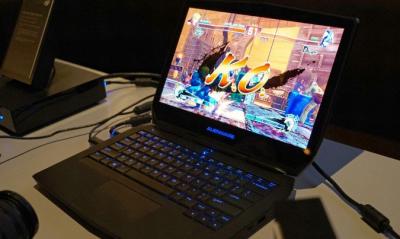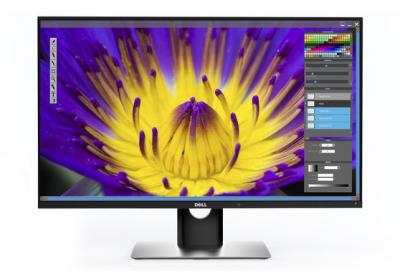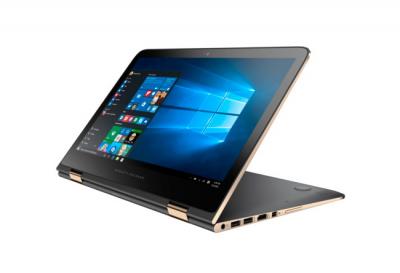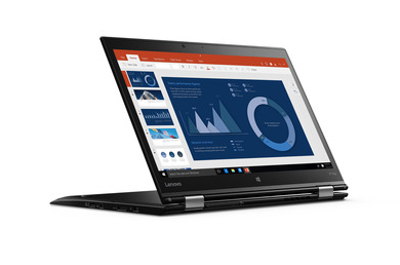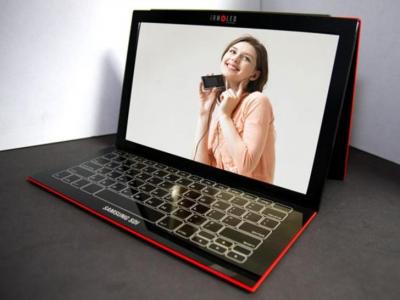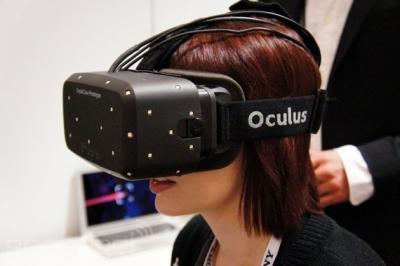LG and Google launch two new smartwatches with round flexible OLEDs
LG launched two new smart watches based on Android Wear 2.0, designed in collaboration with Google. Both new devices use round flexible OLED displays, and both will launch tomorrow in the US.
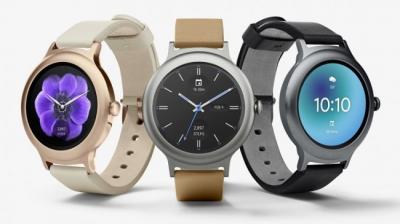
The first model is the Watch Style, which sports a round 1.2" 360x360 display, 512MB of RAM and 4GB of storage. The Watch Style costs $249 - $279.
